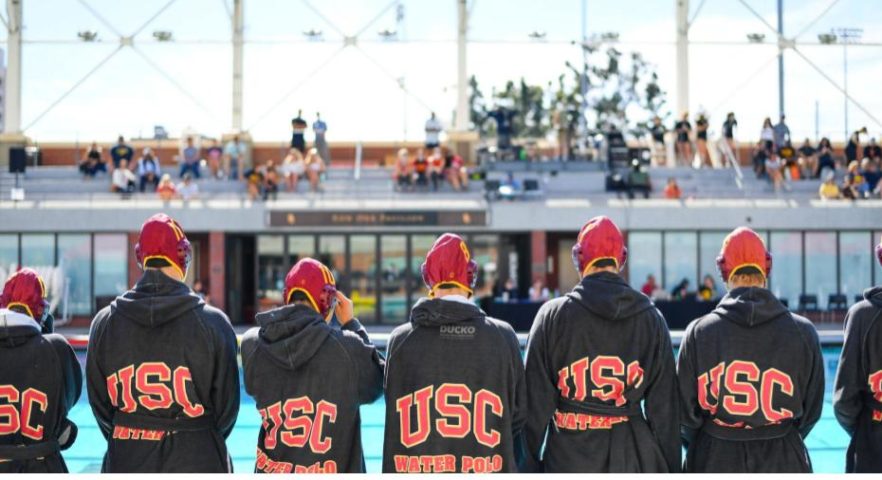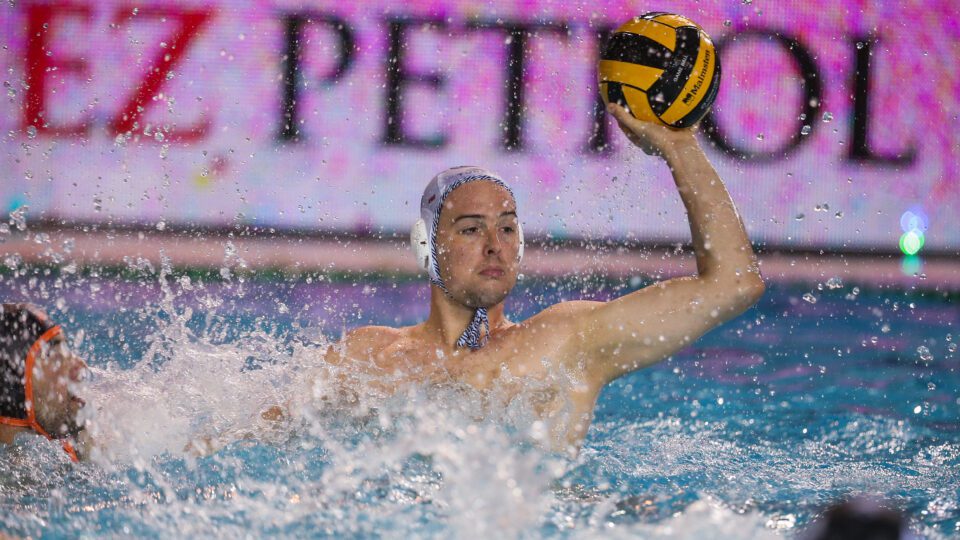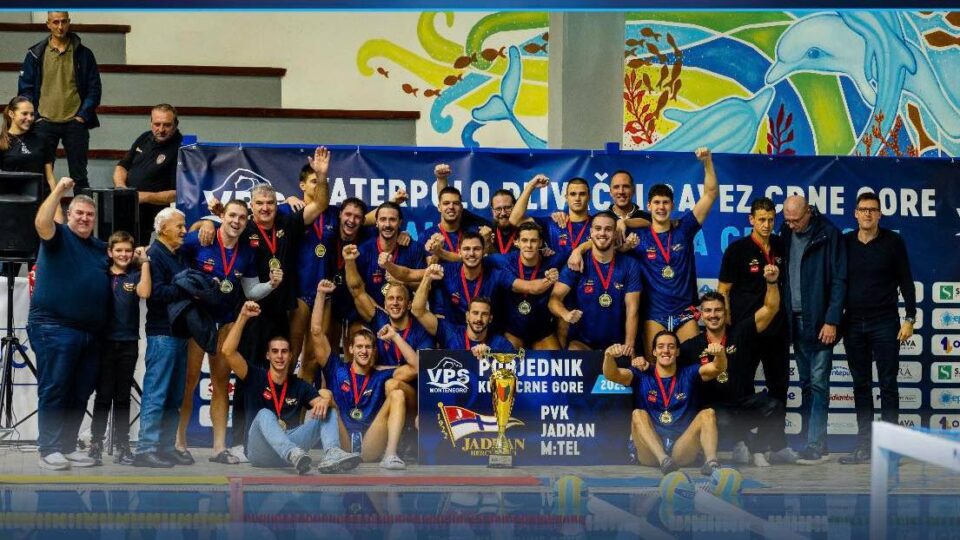The expansion of Total Waterpolo’s coverage of women’s water polo in the United States inspired us to examine the collegiate system in the country that has helped the USA’s national team dominate the women’s game for the past decade.
College water polo in the United States can be a bit confusing for Europeans to follow at first. Lucky for you, we’ve written up a detailed manual covering the common questions.
How is the collegiate system organised in the United States?
In the United States, the collegiate system is based on teams, typically from a specific geographic region, competing against each other in a league format in what is known as a conference.
In contrast to, for example, Spain, where most clubs in the division are generally within an hour’s drive of each other (with the exception of Madrid and Tenerife), the United States is a large country with teams separated by thousands of kilometres. For the US, It is crucial to collegiate competition’s viability that it be divided into smaller conferences.
Conference play is similar to what you would expect to see in the national leagues in Europe; teams compete in a round-robin format with a play-off series at the end to determine the conference winner. Simple.
Typically, if you win your conference, you also advance to the finals of the NCAA Championship which follows a similar quarter-final, semi-final, and final structure to that of the LEN Champions League Final Eight. Winning the NCAA makes you a national champion.
What are the different conferences?
So there are things called conferences? But what are they, and where are they based? As far as water polo is concerned, there are seven main conferences. They are:
Big West Conference – California
Collegiate Water Polo Association (CWPA) – Pennsylvania
Golden Coast Conference (GCC) – California
Metro Atlantic Athletics Conference (MAAC) – New Jersey
Mountain Pacific Sports Federation (MPSF) – California, and Western USA.
Southern California Intercollegiate Athletic Conference (SCIAC)* – California
Wester Water Polo Association (WWPA) – California
*SCIAC withdrew their qualification spot for the 2022 season
Which teams are in what conference?
There are a lot of teams to choose from, but here are some of the highest ranked teams from the top conferences:
MPSF: Stanford, USC, UCLA, Cal Bears, Arizona State, Indiana
Big West Conference: Hawaii, Long Beach State, UC Davis, UC Irvine, UC San Diego, UC Santa Barbara
Golden Coast Conference: Fresno State, Cal Baptist, Pacific, Loyola Marymount (LMU)
CWPA: Michigan, Havard, Brown, Princeton
Why do teams from different conferences play each other?
With six to ten teams participating in most conferences, we often see universities travelling to tournaments to compete against other teams that are not in their conference. The question is: why?
Essentially, these fixtures between teams from different conferences are designed primarily with the NCAA in mind. While games between two teams in different conferences are essentially friendlies, and have no impact on either team’s conference standing, they can impact the chances of a team progressing to the NCAA finals because of something called a RPI ranking – which is also used to determine who qualifies for the NCAA’s.
Rating percentage index, or RPI, is a metric for determining how a team performed throughout the season against different quality opponents. You get more points for beating a higher-ranked team and fewer points for defeating a lower-ranked team. Universities use games against teams from other conferences not only as competitive fixtures for development, but also to boost their RPI.
To illustrate the point, let’s take Michigan’s recent fixtures as an example.
Last weekend, Michigan (ranked seventh) defeated Arizona State (ranked tenth) 11-10. This weekend, they travel to Fresno, where they will face two teams ranked higher than them (Cal, 3, and Hawaii, 6). Should they win against one of these opponents ranked higher than them, they will gain more RPI points than they did by beating Arizona, a lower-ranked team.
Therefore, while the games this weekend for Michigan are all essentially meaningless in terms of their conference standings, these fixtures are a big opportunity to test themselves against stronger opponents, and maybe pick up some RPI points along the way.
RPI points are so important, because they are a key criterion for selecting the teams who will qualify for the NCAA finals. The top three-teams with the highest RPI points qualify for the NCAA finals no matter where they finish in their conference, which is why we often see several teams from the MPSF conference progressing to the NCAA finals.
When are the women’s conference games?
Even though every game has its significance in terms of RPI points, the conference games are without a doubt more significant than the others. There are a few conference games played earlier in the season, such as tonight’s matchup between UCLA and Indiana. The majority of conference games, however, occur in March and April.
While you will never miss a thing by reading our USA Weekly, detailed schedules for the MPSF, Big West Conference and the Golden Coast Conference, can be found via the official websites.
Read more about water polo in the USA
Read more about Women’s water polo






